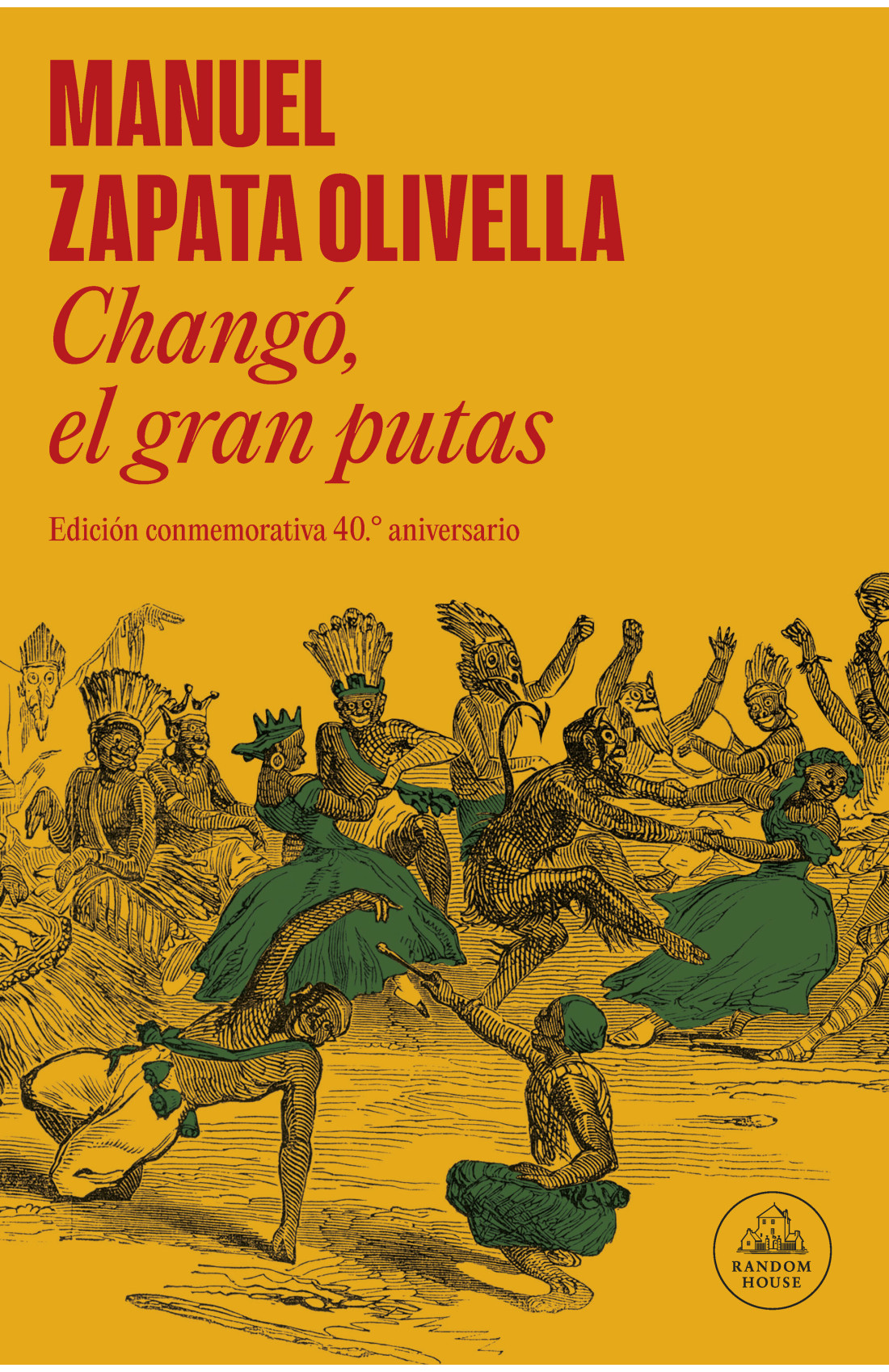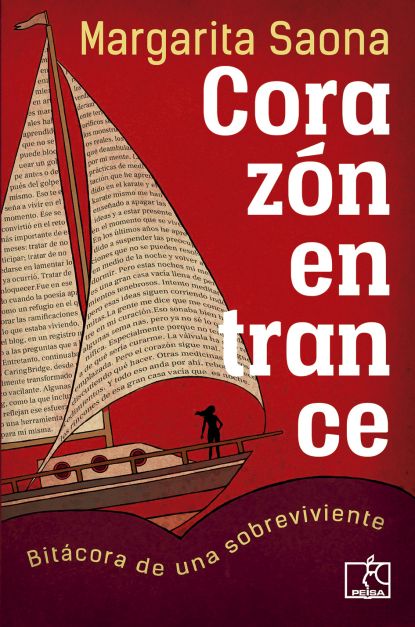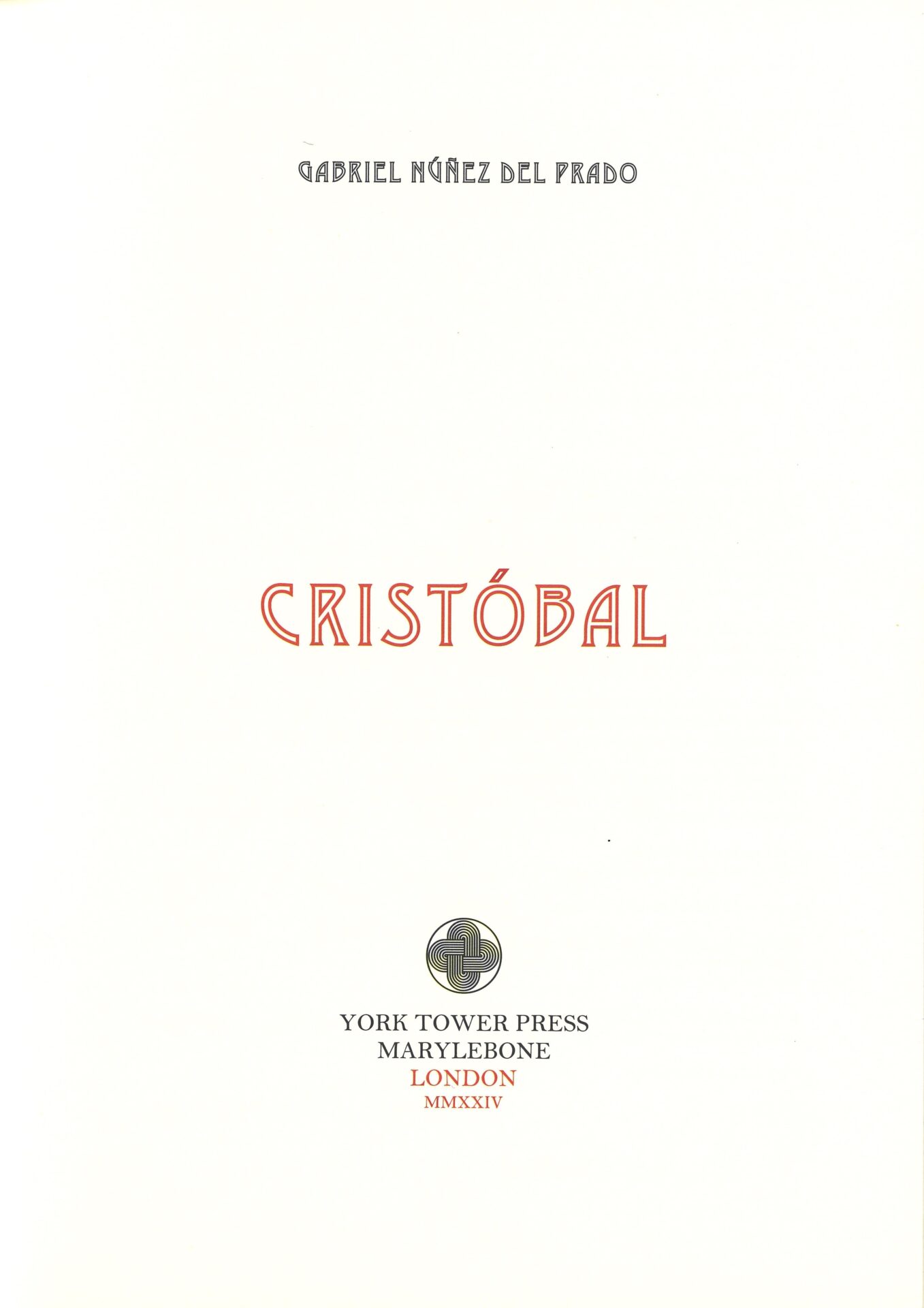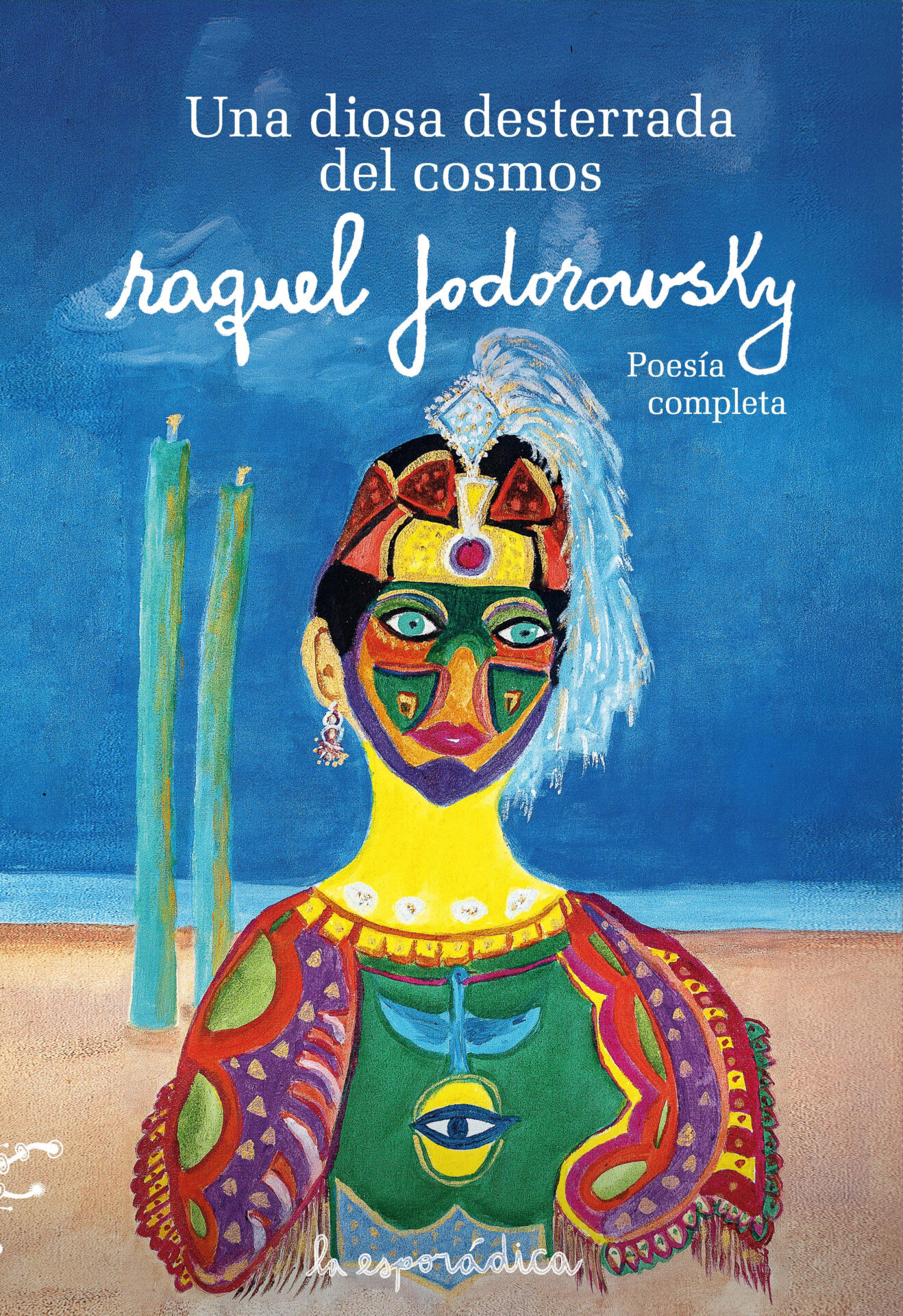El lugar de las palabras. María Gómez Lara. Valencia: Pre-Textos, 2020. 85 pages.
 El lugar de las palabras [The place of the words] assumes a discursive position, the second person, to highlight an ill that is merciless, or was merciless, toward the author, “tú que conociste todas las formas de lo que no es amor” [you who knew all the forms of what love is not].
El lugar de las palabras [The place of the words] assumes a discursive position, the second person, to highlight an ill that is merciless, or was merciless, toward the author, “tú que conociste todas las formas de lo que no es amor” [you who knew all the forms of what love is not].
A medical diagnosis, the least favorable possible, is used as material to write these deliberately brutal texts.
A writing project in which the motif is the person and their fragility.
But it’s not an allegorical fragility: the person writing suffers from and sees their life threatened by a pathology that is real, not imagined. Imagination appears as a creative testimony (when recreating the danger in the poem), or as a way to bear witness to that process. Here are the X-ray and the description of it by María Gómez Lara, in this, her third book.
And it goes even further: if it focused only on compassion, El lugar de las palabras would be one of those books in which we are moved emotionally when faced with the pain of someone else, with the empathy of what is human, and nothing more. We would fulfill our role as feeling citizens. But this is about art, and in art (the art of creation) there must exist a delight and a brazenness that we would never see in a testimonial book.
Artless (styleless?) testimony is just that, testimony. It is human to pity ourselves: it is peremptory to do so. Even though we come to talk of the poetic word: “lo tuyo fue salvarte con palabras” [yours was to save yourself with words].
If we attempted a hierarchy of interest in this book, the woman, María Gómez Lara, would appear: the vulnerability of her body, the desire for and variations of love (reciprocated or not); her taste in what to wear and her inclination toward colors: “ahora quiero ocupar todo ese espacio / en el que antes intentaba encogerme / para que al fin me vieran” [I now want to occupy all that space / in which before I tried to shrink myself / so that at last they will see me]; and at the same time, the craft of the poet, writing itself, and all the facets of the professional writing practice: giving classes, preparing a doctoral assignment, or polishing a translation.
María writes as if she were speaking aloud. In an auditorium. Her poems are audible, crafted with the syntax of speech. Those who have seen (heard) her in public know her intense, rhythmic emphasis says much of her and about her. Such are the author’s books; the one we’re discussing as well as her previous book, Contratono [Countertone]. Thus, this is pain without supplication, without ecclesiastical inclinations; it is pain expressed as a hymn. Whoever said you only sing for happiness?
siempre las palabras
venían
a rescatarme
con ellas cubría el dolor
bajo ellas me escondía
yo
que he sido mi voz
[the words always
came
to rescue me
with them I covered the pain
beneath them I hid myself
I
who have been my voice]
María’s red coat, which appears in one of her poems: a winter coat, Siberian, one might say, that her mom bought for her. A coat to protect her from the cold and from the recently diagnosed illness. A red coat, analogous with the emotional maladies we metaphorically place in the heart. In María’s heart.
“tal vez si dejo de llamar / desaparezca esto y se borre todo de repente” [perhaps if I stop calling / this will disappear and all of it will suddenly be erased]. The denial: if she closed her eyes the illness would disappear. It’s a stage, a transition that begins with the first sign of the tumor (that can’t happen to me, meaning her) and the gradual acceptance (confrontation). The disappearance. The healing. The operation. The recovery. The removal. Am I cured now? (Is she cured now?)
María denies the diagnosis and later confronts it. She writes El lugar de las palabras. If she writes about the tumor, does that remove it, even if it’s there? She won’t say tumor—what an ugly, pernicious word. She’ll say heart. That’s it, it’s a heart that’s in the most “artistic” part of the brain.
I think about Emilio Renzi, about the character (character?) I just read in Target in the Night, and especially the Renzi of the diaries. It’s not so difficult to associate what Renzi said with what I’ve noticed in El lugar de las palabras: writing and sickness.
Some words from María, which I took from a 2015 interview: “Me interesa mucho la materialidad, la conciencia de que somos precarios, nos podemos romper, acumular cicatrices” [I’m very interested in materiality, the consciousness that we are precarious, that we can be broken, that we accumulate scars].
I’ll have my digressions, but I don’t believe I inherited the defect of imprudence. That’s why I didn’t ask her. If she didn’t say anything to me, I wasn’t going to be imprudent and come out and ask her. It wasn’t during that breakfast in the center of Bogotá, in La Florida: it was months later, in the north (in the 93rd Street Park?) where the story came up during a lunch of pasta Bolognese and tamarillo juice. María finishes her juice and takes out her phone. She looks for the picture that her publisher sent to her just recently: “Mira, Néstor, la portada de mi libro” [Look, Néstor, the cover of my book], said María, holding out the image on the screen. From that moment forward her words revolved around or were directed toward the central image on the cover: a sketch by Laura Patiño. That was María’s brain; from it, from a part of it, roots were emerging along the folds of the brain. Above the brain, some flowers; beneath the brain, one lone root.
“there’s a chance / that you might lose / your words,” María Gómez Lara writes at the beginning of the poem “Nombrar una herida en las palabras” [Name a wound in the words]. If she’s operated on, she could lose the ability to speak. And to write? The poet (the woman who loves and writes) is frightened. The doctor gives the pros and cons, the test results. But there must be something beyond medical science. This is an operation that would frighten anyone. Can you imagine how it would be for a writer?
Other poems alternate between the voice of the poet and sudden interventions from the doctor:
primero está
lo impredecible
(pienso en la muerte
será eso y no lo dice maría
no pienses en la muerte)
[first is
the unpredictable
(I think about death
that’s what it must be and maría doesn’t say it
don’t think about death)]
El lugar de las palabras is an epithet, to not say the place in the brain where language is processed (produced?). El lugar de las palabras, the place of the words, as a name, seeks to evoke or conceal. It seeks to be elliptical. We could also say: the home of the words. What the poet from Bogotá decides is one of the many efforts to name again, to name something after the battle; in this case, the strategy for suppressing the heart that grows in a part of her brain. The poet discovers that the action of verbs (conjugation), and not simply naming, is the device that can save her: “qué curioso que el lenguaje se mida con acciones / que hacer sea más fuerte que nombrar / yo pensaba que las palabras más palabras / eran los nombres de las cosas” [how curious that language is measured in actions / that to do is stronger than to name / I thought that words plus words / were the names of things].
El lugar de las palabras is built with poems without punctuation; it’s syntax facilitates the enumeration of phrases associated with pain and fear. María Gómez Lara’s manner of speaking is terse, fluid, with the calling of a waterfall. In some cases, the simple story of what is occurring or going to occur in the operating room appears. The poet attempts to understand what is happening in her brain, in that heart-shaped scar, and what will happen following the swollen brain tissue and anesthesia. She fears for her words. She doesn’t want to lose a single one—to lose words as if losing life itself.
“También la verdad se inventa” [The truth is also invented], Antonio Machado writes, and it would seem to be the same motivation that María Gómez Lara poses to herself. The truth, but not in the sense of journalistic objectivity. A truth that falls only to the author and her familial environment, but when it leaves the medical reports and surgical treatments and interventions, it enters the public sphere. The poem makes this possible, and the urge is transformed, giving way to the unveiling.
Literature is born when we write and transform prejudices into a theme. When pain is transformed into a theme.
Return to the body: that’s what María does. She elegantly returns but without making concessions to her body, to the illness with which she was diagnosed. A tumor. Brain tumor unit.
Néstor Mendoza
Translated by Michelle Mirabella
Néstor Mendoza (Mariara, Venezuela, 1985) earned his undergraduate degree in Education, specializing in Language and Literature, at the University of Carabobo. He has published three verse collections: Andamios [Scaffolds] (Equinoccio, Caracas, 2012), winner of the Fourth National University Literature Prize in 2011; Pasajero [Passenger] (Dcir Ediciones, Caracas, 2015), and Ojiva [Ogive] (El Taller Blanco Ediciones, Bogotá, 2019). He is part of the editorial board of Poesía magazine and a frequent contributor to Latin American Literature Today. His poems have been translated to English, French, German, and Italian. He currently lives in Bogotá and forms part of the editorial team of El Taller Blanco Ediciones.
Michelle Mirabella’s translations have appeared in World Literature Today, Latin American Literature Today, and Exchanges; she has a translation forthcoming this September in Your Impossible Voice. She is currently pursuing an M.A. in Translation and Interpretation at the Middlebury Institute of International Studies in Monterey. She has roots in Pittsburgh, Chile, and New York.





